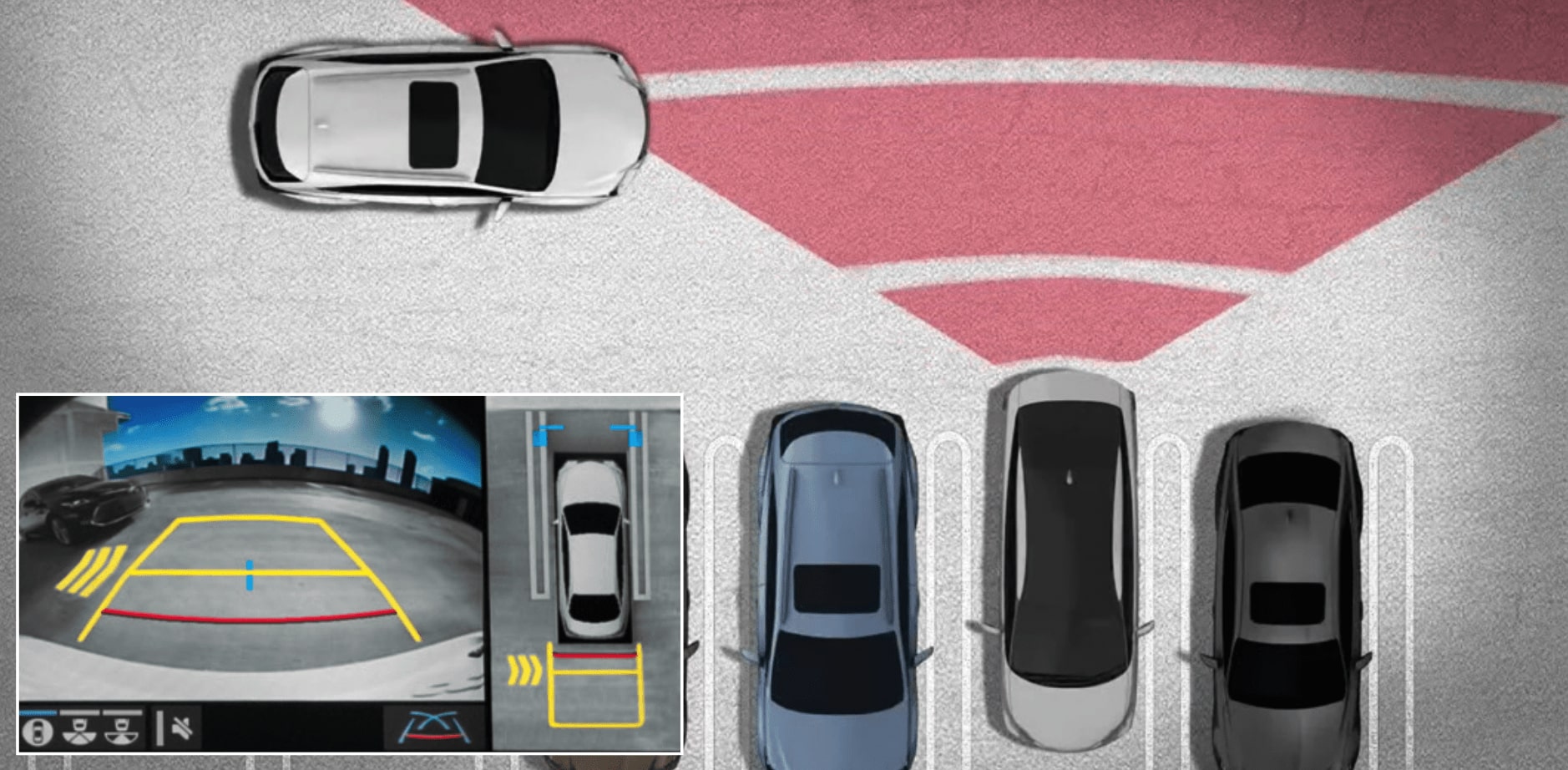One thing that makes owning a newer car so great is that they have amazing active safety features designed to keep you as safe as possible. With developments in sensor technology and new ways for a vehicle to predict the movements of other cars on the road, drivers are more protected from accidents than ever. Toyota has long been on the cutting edge of driver safety technology and has been developing new features for many years. One of the most important features found in their vehicles is the RCTA, or rear cross-traffic alert system.
If you own a Toyota that is equipped with RCTA, it is essential that you know how it works and what it does. With a good understanding of this safety equipment, you can use it to your advantage when out on the road. Knowing what the RCTA light means on a Toyota gives you the confidence you need whenever you are out on the road.
What Does RCTA Stand For?
RCTA stands for rear cross-traffic alert, and it’s a safety feature that’s included with many late-model Toyotas. The RCTA recognizes when traffic is coming perpendicular to your vehicle. When you are in reverse, the RCTA will engage and start sensing other vehicles and where they are in relation to yours. If any cars are approaching as you back up, an alarm will sound and the RCTA light will turn on.
The RCTA is incredibly useful, especially when you are in a parking lot or pulling out of your driveway. Because it can sense when cars are coming in the direction to the sides of your car, it can help when you are in a low-visibility situation. In some cases, cars on either side of you can make it difficult to see if other vehicles are coming when backing out of a parking space. The RCTA can assist you in these blind spot situations and ensure you don’t go into any unseen traffic.
How Does the RCTA Work?
The RCTA works by engaging radar sensors on the rear bumper. These sensors are the same ones used for the blind spot monitoring system and are designed to detect traffic and pedestrians when they are moving behind the vehicle. These sensors will automatically engage when you put the car in reverse and send a signal to the alert system if cars are detected within a certain distance.
If your vehicle is equipped with automated emergency braking, it will work with the RCTA system. When the sensors detect a car or pedestrian while you are backing up, the brakes automatically engage and stop the car. If your vehicle isn’t equipped with automated emergency braking, a light will come on in the dashboard or infotainment display and a buzzing alarm will sound to let you know that you need to apply the brakes yourself.
Why is the RCTA Important?
The RCTA in your Toyota offers many advantages over vehicles not equipped with that particular feature. This is especially true if you live in a congested city or regularly park in busy parking lots. Knowing why the RCTA is important will help you use it to its fullest potential and keep yourself and others around you safe.
Monitors Blind Spots
Perhaps the most important benefit of the RCTA system is that it monitors your blind spots. When you are in a situation where you don’t have a complete view of the immediate area around you, the RCTA can be your second pair of eyes. By sensing when cars are coming up behind you and alerting you or automatically applying the brakes, it will help you have more confidence when you are in high-stress parking situations.
Decreases Risk of Collision
Parking lots and fender benders can often go together like PB&J, as it’s one of the most likely places for drivers to get into collisions. Because there is a combination of stopped and moving vehicles as well as more blind spots, you are more likely to get into a potentially expensive collision than you are when you are driving on the open road. The RCTA can help alert you when there is a possibility of a collision so you can act quickly and prevent a trip to the auto body shop and a hit on your car insurance.
Works With Other Features
The RCTA system in your Toyota works best when it is equipped with and working in conjunction with other safety features. For example, if your Toyota has automated emergency braking and dedicated blind spot monitoring, you can have confidence that your vehicle will automatically stop when danger is imminent. This combination of features will protect you and other drivers on the road and help you drive as safely as possible.
How to Know if the RCTA in a Toyota Isn’t Working
There are a few reasons why the RCTA system in your Toyota isn’t working. For example, it could be an issue with the sensors or their connection to the dashboard light. You can tell when the system isn’t working if the light on the dashboard reads “RCTA off.” This indicates an issue with the sensors and that you must be extra careful when backing up until the problem is repaired.
Protect Your Safety Features With an Extended Warranty
The best way to protect yourself and your vehicle in parking lots and driveways are to ensure your Toyota’s RCTA system works. When something goes wrong with it, getting it fixed as soon as possible is highly recommended. A comprehensive extended warranty can cover electrical systems like the RCTA and other safety and tech features. By choosing the right extended warranty, you can rest easy knowing that all your equipment is in good working order.
Explore our extended warranty provider reviews and buying guide to find out which extended warranty will work best for you and your vehicle.





